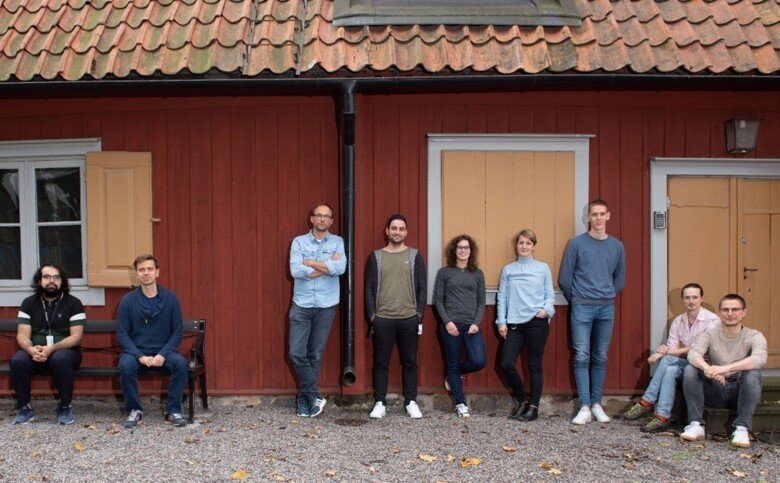A new study on cellular communication hopes to contribute to drug development in oncology

In an experimental study published in Science Signaling, researchers at the Department of Physiology and Pharmacology have studied basic mechanisms for cellular communication along a highly conserved pathway that regulates embryonic development and stem cell regulation. Based on the published data, we have already created new biosensors that present important tools for future drug development efforts and molecular screening.

“Employing an innovative combination of biosensors we have analyses how a secreted protein called WNT activates its receptor named Frizzled (FZD) to communicate with an intracellular protein called Disheveled (DVL). In our experiments, we could define that the action of WNT on the extracellular part of the receptor has impact on the intracellular interface between FZD and DVL. While these aspects appear as a minute detail, our data finally answer a question that was raised in the late 1990s and define FZDs as dynamic proteins and so-called molecular machines able to transmit information flow across the cell membrane by conformational dynamics”, says Gunnar Schulte Professor and co-author.
How can this new knowledge contribute to improving human health?
“WNT signaling mediated by the cell surface receptors called FZDs is oncogenic, i e this pathway drives tumor initiation, cancer development and also metastasis. The aim of the work in the Schulte lab is to target these receptors pharmacologically and therapeutically to find compounds that could develop into new therapeutics in oncology”.
How did you conduct the study?
“The project was initiated by the former PhD student Carl-Fredrik Bowin at Karolinska Institutet and was finalized in a collaborative effort by Lukas Graetz and Pawel Kozielewicz. We have used genetically encoded biosensors that are able to monitor protein-protein interaction as well as conformational rearrangements in proteins in living cells. The method is based on bioluminescence resonance energy transfer (BRET)”.
What is the next step?
“We have two major goals now. First we want to understand how our concept of FZD conformational dynamics can be integrated to understand the molecular underpinnings of cellular communication along the WNT/FZD signaling system, which is essential for embryonic development, stem cell regulation and tissue renewal in the adult. Second, we will employ the newly developed biosensors to screen for drug-like compounds targeting FZDs with the potential to find new anticancer drugs”, says Gunnar Schulte.
Publication
WNT stimulation induces conformational dynamics in the Frizzled-Dishevelled interaction.
Bowin CF, Kozielewicz P, Grätz L, Kowalski-Jahn M, Schihada H, Schulte G.
Science Signaling. 2023 in press doi: 10.1126/scisignal.abo4974
Funding
The study is funded by: Karolinska Institutet, Robert Lundbergs minnesstiftelse (2020-01167), Swedish Research Council (2019-01190), Swedish Cancer Society (20 1102 PjF, 20 0264P, CAN2017/561), Novo Nordisk Foundation (NNF21OC0070008, NNF20OC0063168, NNF19OC0056122), The Lars Hierta Memorial Foundation (FO2019-0086, FO2020-0304, FO2021-0127), The Alex and Eva Wallström Foundation for Scientific Research and Education (2020-00228), The Swedish Society of Medical Research SSMF (P19-0055), The Deutsche Forschungsgemeinschaft (DFG, German Research Foundation; 427840891, 504098926).
